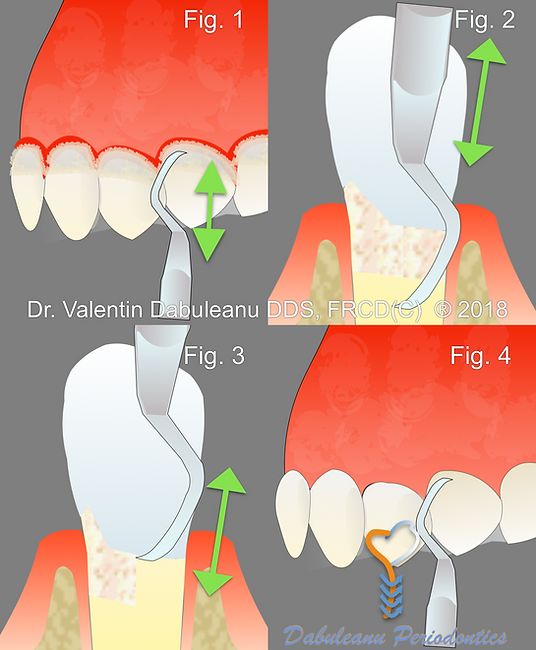
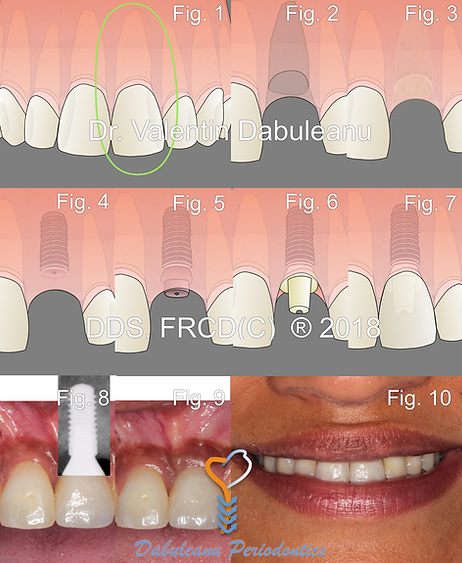
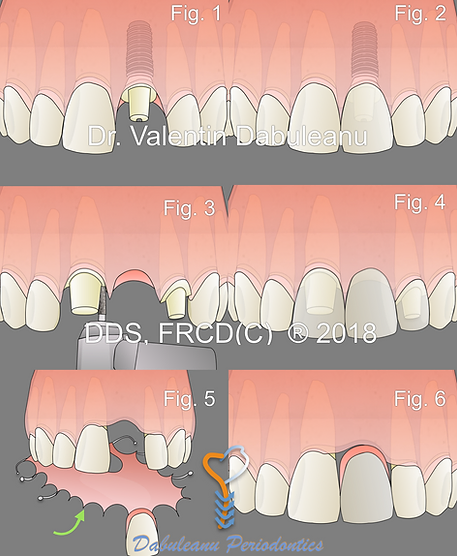
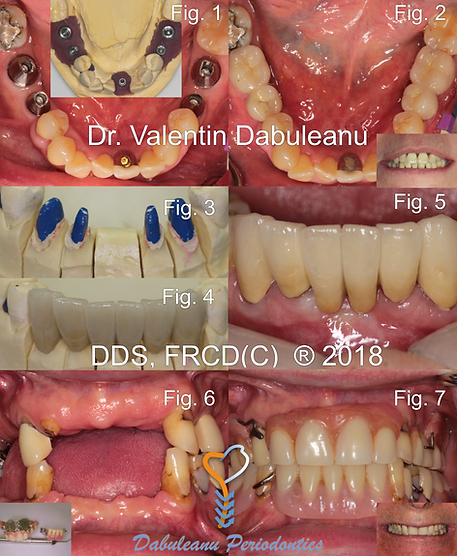
Complete dentures are the most common solution for people who are missing all of their teeth in one or both jaws (Figures 1-2). Complete dentures rest on the healed gum tissue, or ridge, which remains following tooth extraction. They are carefully constructed to fit as closely and as snug as possible. Although many patients will accommodate to wearing an upper denture, some will have difficulty eating with a lower denture, due to rocking of the denture. In these cases, tissue adhesive can be applied to the denture to help prevent rocking (Link to Super Poligrip).
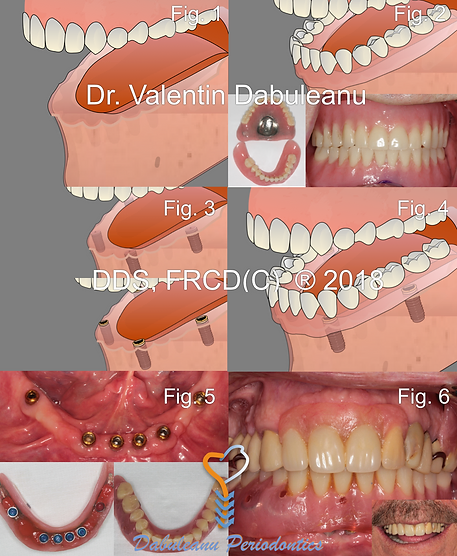
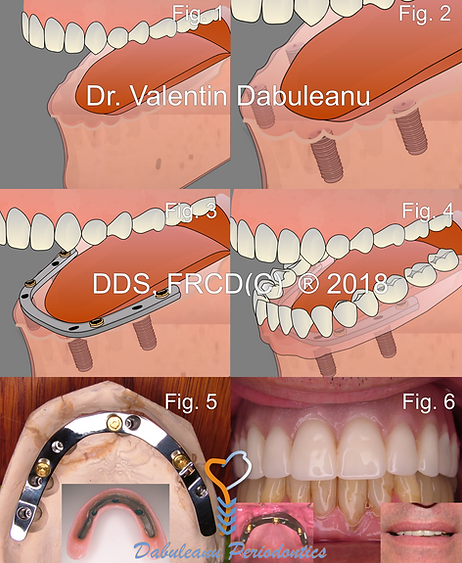
The procedure takes approximately one hour. It may be done with local anaesthetic alone, or in combination with sedation (see “Sedation”). Most patients are back at work two days after having had extraction and socket preservation. The majority of healing takes place during the first month, and patients may then resume most of their normal eating and oral hygiene practices (see “Post-Operative Instructions”). Dr. Valentin Dabuleanu will see you for a 1-week and 4-week post-operative check.
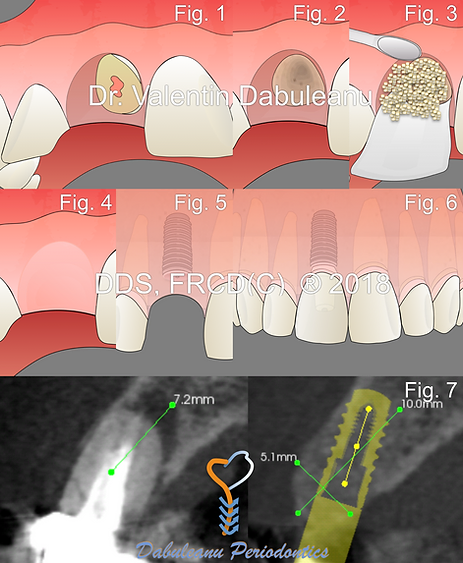
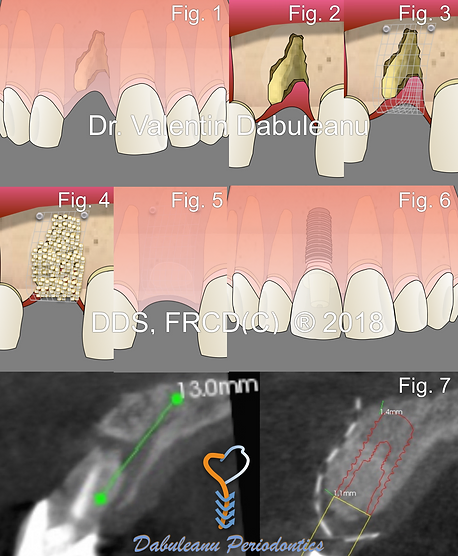
The procedure takes approximately two hours. It may be done with local anaesthetic alone, or in combination with sedation (see “Sedation”). Most patients are back at work two days after having had a sinus augmentation procedure. The majority of healing takes place during the first month, and patients may then resume most of their normal eating and oral hygiene practices (see “Post-Operative Instructions”). You will be seen for a 1-week and 4-week post-operative check.

Implants are now widely used in daily practice for patients who are missing one, multiple or all of their teeth. Modern implant dentistry offers significant functional advantages for many patients when compared to traditional fixed bridgework or removable dentures. Implant dentistry has yielded excellent well-documented long-term results, with 10-year success and survival above 95% (Buser D, et al. Modern implant dentistry based on osseointegration: 50 years of progress, current trends and open questions. Periodontology 2000. 2017; 73: 7-21.)
Yes, implant-supported crowns, bridges, and dentures can be cleaned in much the same way as natural teeth, with toothbrushes and floss. Depending on the type of bridge or denture, interproximal brushes (https://www.gumbrand.com/between-teeth-cleaning/interdental-brushes.html), and a Waterpik (https://www.waterpik.com) may also be useful. Dr. Valentin Dabuleanu and your dentist will carefully instruct you as to how to keep your new implant teeth clean.
You will need to see your dentist at least twice a year for regular teeth cleaning visits (see Cleanings and Checkups). Depending on your case, Dr. Valentin Dabuleanu may recommend that you visit your dentist even more frequently for cleaning visits. Each clinical case is unique. The new implant teeth or denture will also require at least annual maintenance visits. Implant crown and bridgework, and dentures are wear-and-tear devices. Ceramic crowns may chip and require repair with your dentist. A screw which attaches the crown to the implant may come loose and occasionally require tightening. Your bite may change with age and your dentist may have to slightly adjust the tooth contact on your implant crown or bridge. An implant-supported removable denture has retentive clips, which occasionally require replacement.
Your dentist will discuss the cost of the following:
Tooth wax-up (if indicated)